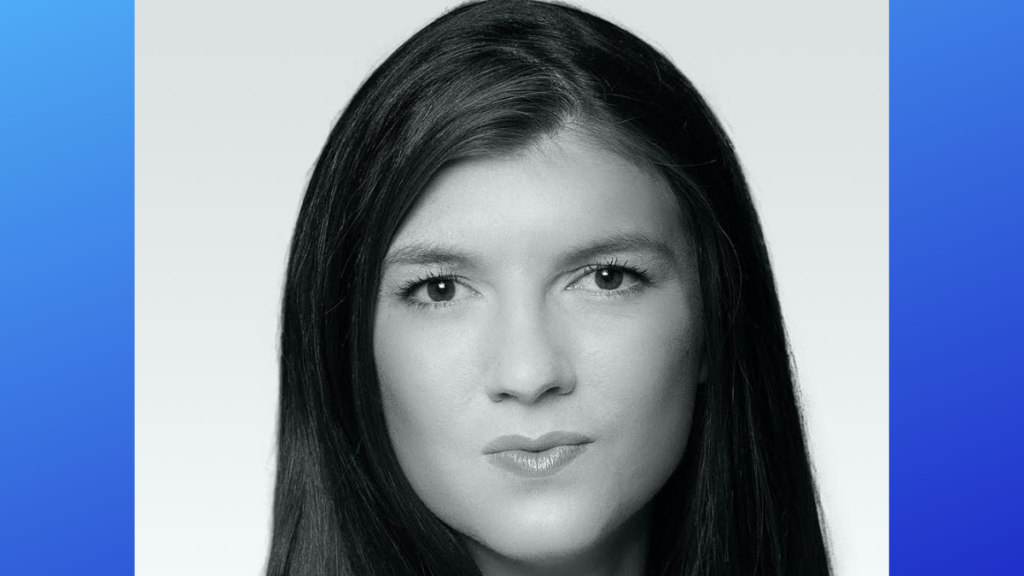As marketers learn to connect with their customers through a growing number of channels, combining disparate data to drive targeted ad campaigns is becoming increasingly important. Hybrid Theory is one such company leading the charge in more integrated advertising solutions for brands.
We caught up with Fern Potter, Global Chief Strategy Officer at Hybrid Theory, to discuss the opportunities and challenges facing the advertising industry in 2022.
How have brands and agencies managed to pivot in the aftermath of 2020-2021?
Most have accepted that they need to throw out the rule book and, to a large extent, start with a blank canvas in 2022. We’re seeing that many brands now have their own first-party data; however, activating that data across the ecosystem is increasingly difficult.
Across agencies and brands, we have seen an increasing need for marketing teams to encompass technology and analytical capabilities into their wheelhouse, thus providing them with the means to create and deploy effective data-driven campaigns. Complementing this with strategic and creative abilities aids in delivering effective brand experiences across all media platforms.
Having spoken to our brand direct clients, we know they are beginning to look for innovative ways to connect, activate and model data to provide intelligence and business outcomes. This is, of course, then supplemented with cookieless alternatives – such as identity graphs, publisher data and social signals to infer behaviour – to give brands a broader picture of their audience.
What is working and what isn’t?
With all the hype in 2021 around the demise of the third-party cookie, contextual was billed as one of the leading alternatives. As such, many brands now depend on it to drive their marketing campaigns. While it certainly adds value, focusing on one strategy alone leads to a siloed way of working – something we must finally steer away from in 2022.
You can, for example, track page views on a specific landing page on a particular site and use that site contextually to broaden your audience. However, to begin analysing visitors individually, that’s where other channels come into play. Social, for instance, allows for a better understanding of consumer behaviour. You can then feed this insight into your display advertising ecosystem and measure the impact.
Similarly, attribution has been a hot topic, not just during the pandemic but for the last decade, from last-click to multi-touch and everything in between. But as we tell clients, attribution, while a useful indicator, doesn’t always give an accurate answer to your question.
Even the biggest tech players we speak to haven’t been able to solve the puzzle of attribution because there are so many moving parts, and the interplay between those parts isn’t always visible. Instead, we’re taking the approach of “how can we provide maximum visibility to a client so they can see the direct impact of each action they take?”
What’s more, as there is so much customer data being collected on a daily basis, we’re moving away from this responsive approach to a more predictive approach.
By integrating AI into our technology, we’re now able to model out aggregated data signals to predict the lifetime value of a customer, connect supply to demand, and lead score, ensuring that campaigns are aligned to maximise outcomes for business, e.g. ROAS and brand experiences.
So you’re saying brands should choose which channels and metrics are the most important to their business and combine them where possible?
Yes, while all of these aspects are important in their own way, they are much more effective when used in unison.
Customers do not experience or buy from brands in channel therefore, siloed planning and activation needs to be abandoned in favour of a holistic approach to advertising, incorporating both online and in-store activity.
Having a single source of truth to measure success is paramount for effective investment into platforms and understanding the value of an audience. Developing this sophistication in their approach will enable brands to pinpoint unexpected behavioural patterns, marketing opportunities and products to develop, which will give them a competitive advantage.
How should advertising platforms be evolving to keep up with the needs of brand advertisers and agencies?
The major ad tech solutions on the market today can ingest incredible amounts of anonymised data. Still, most don’t offer any meaningful insight into the delicate and complex interplay between channels. So at the end of the day, they can still only be implemented as a point solution rather than an end-to-end data connectivity platform.
Instead, brands should implement a solution that not only puts an audience in front of them but also provides a feedback loop to ensure they have constant access to the insights that matter to their business and can act on them at the pivotal moments when their audience is most engaged. In short, the capabilities of a vendor’s solution should evolve beyond ad tech to truly fuel the wider marketing campaign. Again, AI will play a significant role in this.
How are you set up to help brands and agencies in 2022?
Hybrid Theory processes over 3 billion cookieless signals per day from social, keyword, URL, search, share and browse behaviour, and first and third-party data. This data is connected using the IAB taxonomy for complete transparency and scalability.
We can find audiences to activate programmatically for performance and brand campaigns, connecting customer experience, delivering business goals, and providing intelligence on what works, who your customer is, and where we can find more people like them, depending on the brief.
Our proprietary AI solution optimises campaigns in real-time, so we can provide savings and new opportunities for investment to maintain our clients’ goals.
Predictive modelling arms our clients with the confidence to reallocate budgets across marketing and sales by providing a complete view of the ecosystem and simulating outcomes, such as ROAS.
How can brands future-proof for 2023 and what should they be looking out for?
The next year and a half will see a transition towards a more hybrid way of gathering – and acting upon – customer data. The key will be to ensure that connectivity across all channels is at the heart of a brand’s data strategy. Brands and their agencies can build and execute far more cohesive campaigns by becoming more granular with data and working more collaboratively across the ecosystem.









